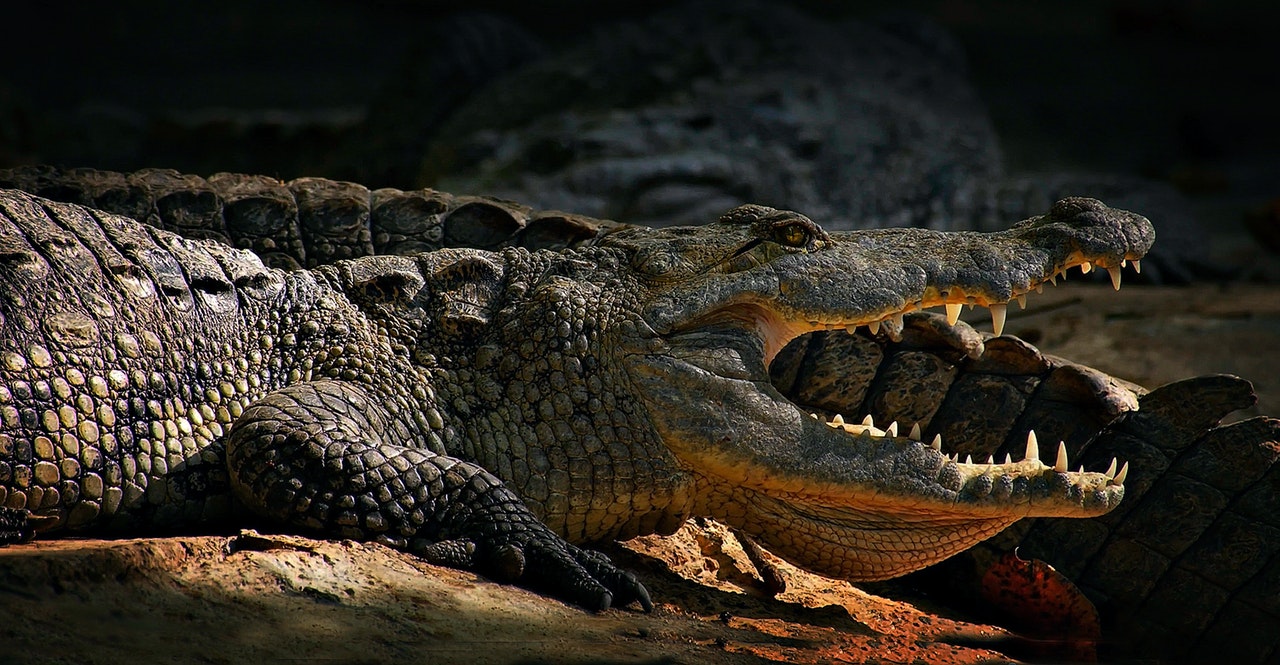 According to a recent report published by the LiveScience portal, there are currently more than 2 billion Christians spread across the world. Interestingly, this body of believers is segregated into different denominations, such as Pentecostal, Presbyterian, Lutheran, Baptist, Apostolic, Methodist, etc.
According to a recent report published by the LiveScience portal, there are currently more than 2 billion Christians spread across the world. Interestingly, this body of believers is segregated into different denominations, such as Pentecostal, Presbyterian, Lutheran, Baptist, Apostolic, Methodist, etc.
According to new estimates by the Center for the Study of Global Christianity, Christianity today proliferates in 45,000 denominations – more than 200 in the United States alone.
Faced with this reality, the intriguing question arises: why does Christianity have so many ramifications? Initially, it is believed that the answer lies in differences in belief and in the achievements of power – but, obviously, the essence of all this segregation has more foundations.
As Diarmaid MacCulloch, professor emeritus of Church History at Oxford University, UK, explains, differentiation and variety have been, to a certain extent, markers of Christianity since the beginning of the religion’s presence. For the professional, “there was never a united Christianity”.
Initial divisions
The early Church, which spans from the beginning of Jesus’ ministry between 27 CE and 325 CE, was divided on the basis of geography. “Worship styles and interpretations of Jesus’ teachings vary according to regional cultures and customs,” reports Bruce Gordon, professor of church history at Yale Divinity School.
At the time, Christian theology underwent major ruptures – or, if you prefer, schisms. One of the most notable early schisms was the Aryan controversy, which, at the beginning of the fourth century, divided the church based on the materialization of the figure of Jesus. But how? Arius, a priest from Alexandria, Egypt, vehemently claimed that Jesus had been “begotten” – or created – by God, while Athanasius, an Alexandrian theologian, brought up the fact that Jesus was the incarnation of God.
“It caused a huge revolution in the Roman Empire,” said Christopher West, a doctoral candidate in ancient Christianity and medieval studies at Yale University. “This basically split the Christians of the Roman Empire in half, as the Council of Nicea – a group of theologians and scholars brought together by Emperor Constantine I in 325 AD – ended up against Arius. But despite the official view of the Church, Christians remained divided for more than a century.”
Nevertheless, these denominations continued to flow in parallel with time. In 1054, for example, Eastern Orthodox Christians split from Western Roman Catholics – a break that became known as the Great Schism. The two groups, meanwhile, disagreed about taking the sacraments—religious symbols believed to convey divine grace to those who believe. Furthermore, Eastern Orthodox Christians disagreed with Roman beliefs that priests should remain celibate and that the Roman pope had authority over the head of the Eastern church.
In 1378, Christianity is faced with another new schism – even if temporary – entitled the Western Schism. Here, the case gains traction when fervent believers come to claim that they are the true papal heirs. The intrigue, imposed within the Church itself, lasted for about 40 years and by the time it was resolved, specifically in 1417, the popes had significantly damaged the reputation of the papal office.
Despite these and countless other schisms, the Catholic Church successfully suppressed other potential Christian offshoots, in part through persecution, sustained by royal military expeditions against heretics, and inquisitions.
Denominations
After the Protestant Reformation in 1517, the number of denominations began to multiply. The ramifications come with the Reformation – instigated by a series of events, specifically Martin Luther’s 95 theses – which emphasized intimate faith and consequently generated a reaction to the fact that the Bible was the final authority, not the Church hierarchy.
In the 17th century, as Protestants began using scriptures to criticize the Roman Catholic Church, claiming that any believer could read the documents and have a personal relationship with God, the churches began to divide.
These divisions, therefore, start to consolidate based on the myriad of biblical interpretations, forms of worship and organizational structures – thus emerging the denominations we already know – Presbyterians, Mennonites, Baptists and Quakers, among others.
…
 Regarding evolution, recent scientific researches that focus on the stop-go pattern indicate that the crocodiles we know today are relatively which lived alongside dinosaurs in the Cretaceous and Jurassic period – there are almost 200 million, at one time where humans were not yet on the scene.
Regarding evolution, recent scientific researches that focus on the stop-go pattern indicate that the crocodiles we know today are relatively which lived alongside dinosaurs in the Cretaceous and Jurassic period – there are almost 200 million, at one time where humans were not yet on the scene.